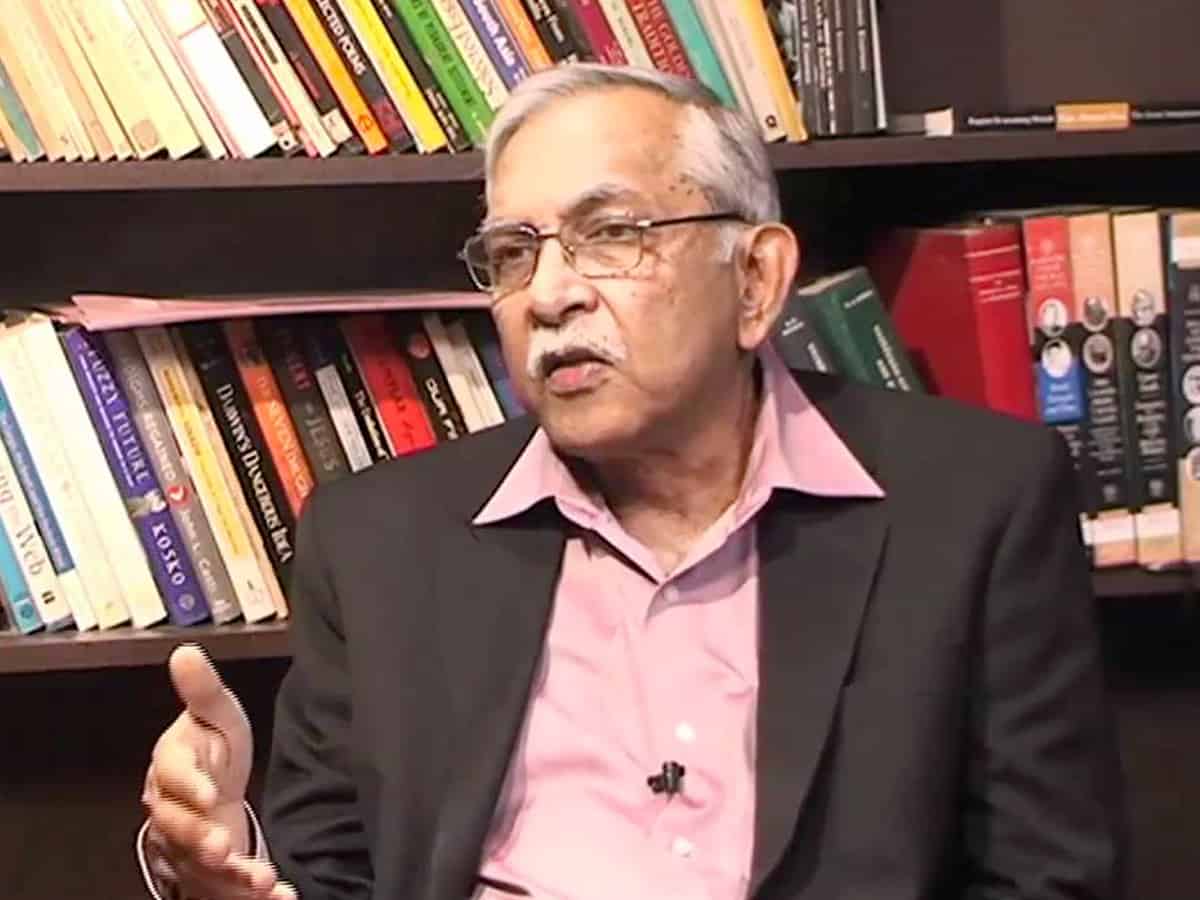
In the 1990s, as the country’s Atomic Energy Regulator he gave a ‘wake-up call” to India’s nuclear establishment by listing out over 100 safety concerns in the nationwide facilities, including nuclear power reactors.
The findings and recommendations did not go down well as the Department of Atomic Energy (DAE) and the AERB ended up in a confrontation mode. The ‘explosive’ report by the AERB was put under wraps by the Prime Minister, under whom the DAE functioned.
The man who raised the storm was Dr A Gopalakrishnan, Chairman of the AERB between 1993 and 1996. He managed to set off a debate over the need for autonomy to the Regulator and not be under the DAE. In addition, it brought into focus the need for tighter and tougher measures on the safety and security of nuclear facilities in the country.
It was the third safety audit done in the country. The first was after the accident in Three Mile Island, US in 1979, when the Prime Minister was Morarji Desai. The second was after the Chernobyl accident in 1986 when the PM was Rajiv Gandhi. Both the reports were classified as ‘Top Secret’ and shelved.
Gopalakrishnan has a doctorate in nuclear engineering from the University of California, US. An electrical engineer, he belonged to the BARC Training School batch of 1959 and worked in the Reactor Physics Group till 1961.
On October 9, this top-class engineer, a no-nonsense technocrat, administrator, employee-friendly boss and son-in-law of the legendary engineer from Andhra Pradesh, Dr K L Rao passed away in Thiruvananthapuram at the age of 85.
His wife Nirmala Gopalakrishnan, a social activist formed a Trust for the Hyderabad bomb blast victims of 2007. She passed away a few years ago.
The ‘blow hot’ tenure at AERB
“The AERB was created in 1983 to ‘independently’ regulate nuclear safety, but had remained a silent and inactive spectator for 12 years on the face of identified serious safety deficiencies”, Dr Gopalakrishnan said.
In view of all these concerns, in July 1995, as Chairman he decided to undertake the AERB safety audit, including data analysis from more than 700 relevant DAE documents which took four months to complete. From this audit, the AERB prepared a report titled ‘Safety Issues in DAE Installations’, which detailed about 130 individual safety issues on which corrective actions were called for, of which 95 were of top safety significance.
He was the Chairman of the Drafting Committee of the International Convention on Nuclear Energy convened by the International Atomic Energy Agency (IAEA) in 1993.
Gopalakrishnan and Hyderabad
After his tenure with the AERB, Gopalakrishnan joined the Administrative Staff College of India (ASCI), Hyderabad as the Chair Professor in Public Policy, at the Administrative Staff College in 1996 and then as Director, at the Engineering Staff College of India, Hyderabad in 1998-2001.
Dr Gopalakrishnan has been an informed critic of some of India’s nuclear power plants, including the Koodankulam plants with Russian technology and reactors as well as the Indo-US nuclear deal of 2006 between Dr Manmohan Singh and George W Bush Jr. He has extensively voiced his views in public fora and wrote articles too on the subjects as well as on nuclear non-proliferation.
The first time I met Dr Gopalakrishnan was in the Corporate R&D of the BHEL, Hyderabad in the mid-1980s. It was a longish interview wherein he outlined some of the futuristic projects that the power utility major would embark upon.
He served the BHEL as Deputy General Manager, General Manager, and Executive Director for 10 years from 1976 to 1986. However, his parting ways was not smooth as he had to quit for his forthright views and approach. Incidentally, his brother-in- law, Ashok Rao was a strong Union leader in the Public Sector utilities during those years. He moved on to join the Durgapur-based, CMERI-CSIR laboratory as its Director.
At the height of his confrontation with the Atomic Energy Establishment, as the Secretary of the Indian Science Writers Association (ISWA) and Dr K S Jayaraman, the President we organised a meeting of Science Journalists, wherein Dr Gopalakrishnan explained many of the problems confronting nuclear power with respect to safety.
Dr Gopalakrishnan became a member of the AERB Board in 1990. His area of expertise included nuclear reactor safety analysis, heat transfer, reliability and failure analysis, energy systems and planning and execution of remote operation and robotic systems.
He settled down for over two decades in Hyderabad and was associated with various institutions and was active in the nuclear, power and renewable energy areas. His sister-in-law is the former Union Secretary of Health, K Sujata Rao.
“He always took quick and pro-employee decisions. Cared up to the lowest paid ones and supported their cause. His leadership helped ESCI to broad base its expertise and also grew in visibility”, recalled T A V Srinivas, who worked with him there and closely followed him.
The All India Power Engineers Federation (AIPEF) mourned the death of Dr Gopalakrishnan and recalled his services.
During the past two decades, he has been raising quite a few critical questions and commenting on the policy, issues of transparency, safety and due diligence in the nuclear establishment. However, the complete autonomy of the AERB remains elusive.
Though, the Dr Manmohan Singh government introduced the Nuclear Safety Regulatory Authority in 2011 it has not made any headway. In the meantime, the bill lapsed and may not see the light of day, unless it is reintroduced.



